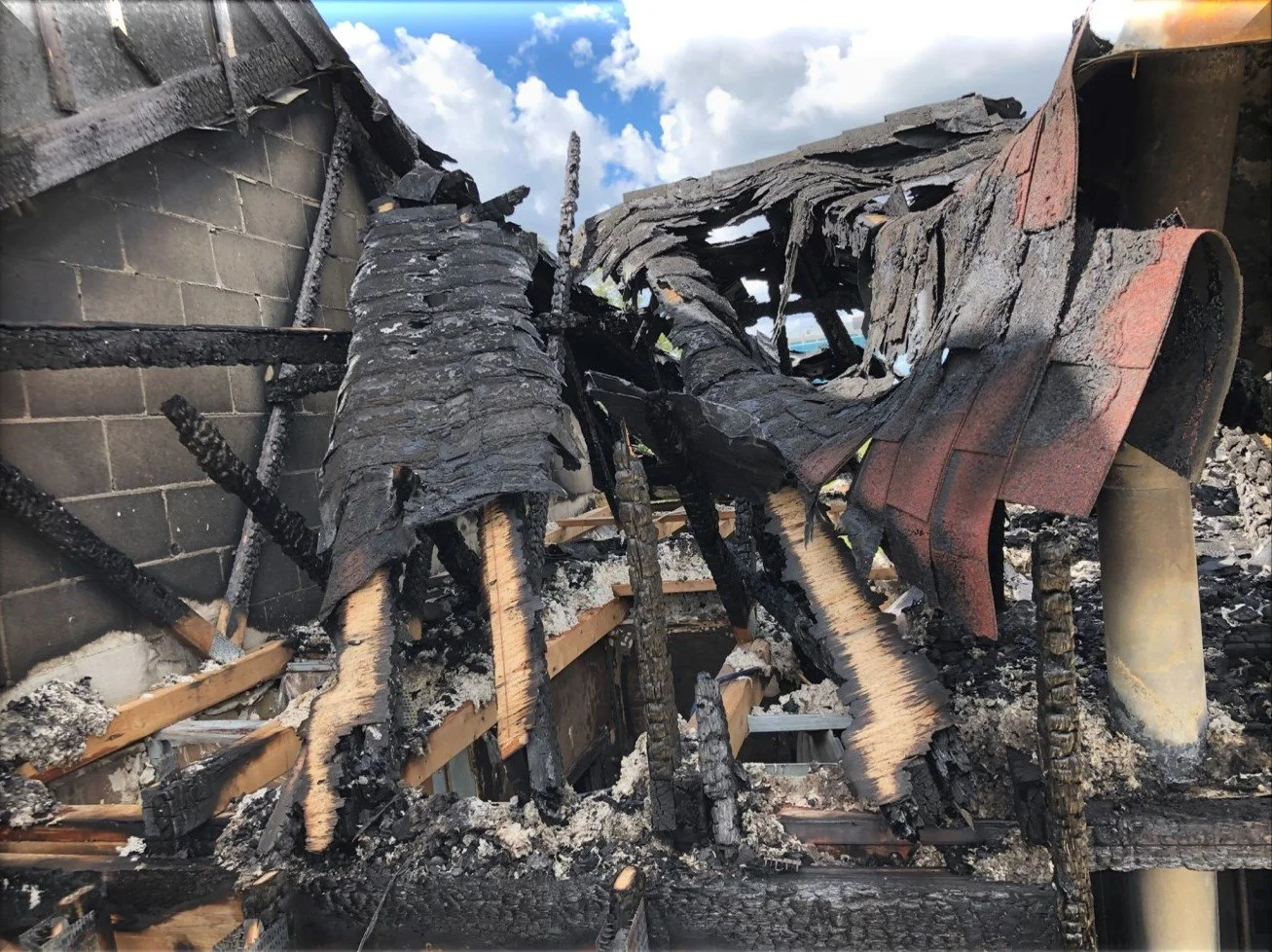We enjoy solving riddles and find great satisfaction in putting the pieces of a difficult puzzle together. Our forensic engineers investigate insurance claims to determine the root cause of the reported structural deficiencies, material defects, and/or building envelope failures. We provide technical support and expert witness testimony for subrogation, mediation, arbitration, and litigation cases. Over the years, our forensic experts have investigated the failure of structures as small as magnetic door lock devices and as large as construction tower cranes and wind turbines. We utilize our expertise in geo-structural engineering to investigate insurance claims involving foundations, retaining walls, and buried structures.
KSI Engineering forensic engineers have served as expert witnesses for both plaintiffs and defendants and prepared technical reports following the rules of civil procedure on behalf of property owners, property managers, contractors, installers, designers, and municipalities. Our comprehensive and jargon-free forensic reports have often helped our clients quickly resolve disputes and settle actions, saving them time and money. Our certified forensic experts pride ourselves on being truth seekers and our clients often regard us as trusted advisors. KSI Engineering practice covers a wide range of forensic investigations including:
-
we are well equipped with the expertise, experience, and resources necessary to determine the root cause of structural failures and damage and provide sound professional opinion on the contributing factors and collapse mechanisms. We investigated structural damage to pre-stressed concrete parking garages, stadia, agricultural and industrial silos, hospitals, industrial facilities, marine structures, and air-supported structures.
-
Geo-structural engineering is a field that deals with soil-structure interaction for the purpose of the design and assessment of foundations, retaining walls, and underground structures. We have assessed and analyzed several types of foundations and opined on their structural integrity and suitability to support reconstruction. Our geo-structural expertise enabled us to offer litigation support on major retaining and shoring wall projects.
-
We were retained by several municipalities, auditor general offices, and law firms to assist with the review of construction for building code compliance. In addition to structural requirements, we reviewed and opined on the construction of fire separations and firewalls.
-
Building enclosures, including curtain walls, are subject to wind pressure. We have investigated the failures of glazed building exposures of several high-rise buildings in the downtown core of the City of Toronto. Our analyses revealed that phenomena such as thermal pumping of glass panes and thermal breakage of annealed glass are often the root cause of failure and not wind gust. Our professionals opined on countless faulty built-up roof installations that resulted in water damage during and after the roofing installation.
-
The primary objective of the fire protection requirements in all building codes is to delay the spread of fire and the collapse of structural members, allowing occupants enough time to exit the building safely. Many clients have tapped into our extensive knowledge and deep understanding of code requirements for fire protection to investigate liability in major fire losses.
-
Construction adjacent to or close to existing structures can and do sometimes cause damage to both structural elements and finishes due to vibrations. On other hand, some property owners unreasonably blame close by construction activities for any imperfection they may observe. Our principal is a nationally recognized expert in vibration damage assessment and has utilized his academic knowledge and professional experience to help resolve several complex vibration damage disputes.
-
We have prepared technical reports and provided professional opinions on many large commercial general liability and professional liability lawsuits against contractors and professional engineers. Our engagements covered a wide range of structures including in-ground swimming pools, farm buildings, tower cranes, and massive soldier and lagging shoring walls.
-
Structural deficiencies and/or building code contraventions can result in unfortunate accidents causing personal injuries. We have provided expert reports on a number of stairs and curbside trip and fall incidents including spiral stairs. We have also investigated accidents involving floating and fixed docks.
-
The integrity of pipelines in service is crucial for energy sustainability and public safety. The service life of a pipeline is affected by corrosion, cracks, and dents. In line Inspections (ILI) is used to detect and size corrosion growth, cracks, and dents. The reliability of a pipeline is assessed using computational tools such as Monte Carlo Simulation and Python Coding to enhance the development of quantitative and probabilistic risk assessments. The annual probability of failure for any pipeline segment is predicted and compared to the requirements set out by energy regulators.



